The rainbow flag is widely used to represent the LGBTQIA+ community, but it isn't the only flag with which members of the community identify. Over the years, several groups, genders, and identities have created their own flags to raise awareness of their own needs and experiences. Here are 21 pride flags you may see at your next pride celebration.
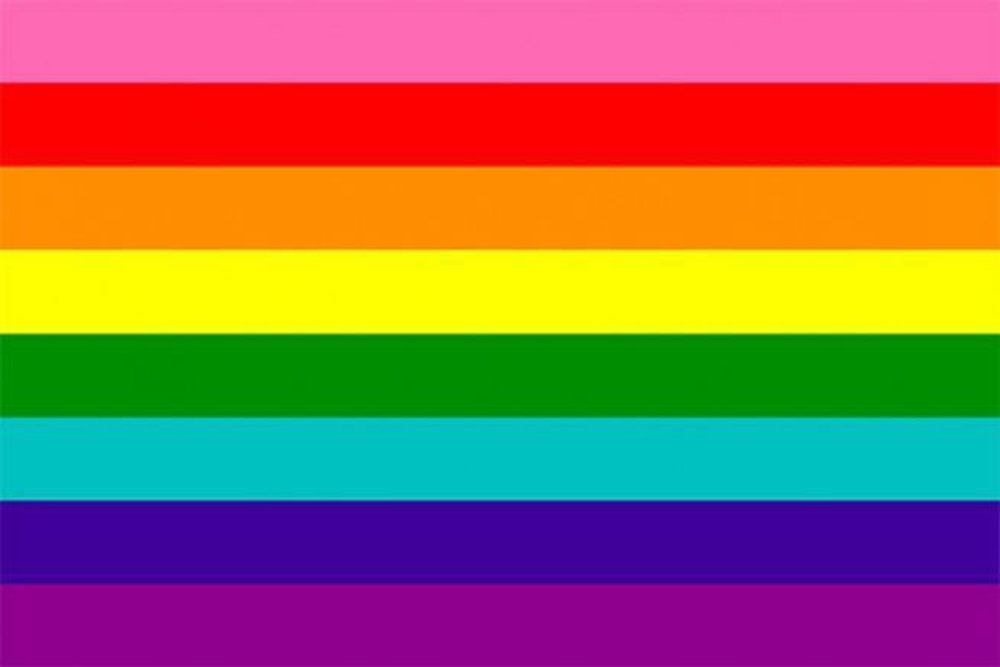
1. Gilbert Baker Pride Flag
Harvey Milk, California's first openly homosexual public official, commissioned artist Gilbert Baker to design a Pride flag in 1978. 'Something that was uplifting, that glorified our love,' Gilbert wanted to create.
Gilbert explained, 'A Rainbow Flag was an intentional choice, natural, and necessary.' 'The rainbow has been a symbol of hope since the beginning of recorded history,' he shared.
The colours have the following meanings:
Pink: Sex
Red: Life
Orange: Healing
Yellow: Sunlight
Green: Nature
Turquoise: Magic
Blue: Harmony
Violet: Spirit

2. 1987-1999 Pride Flag
Following Milk's assassination in 1978, there was a surge in demand for the flag. Gilbert, on the other hand, found the pink hue hard to come by, so he reduced the number of colours on the flag to seven to meet demand.
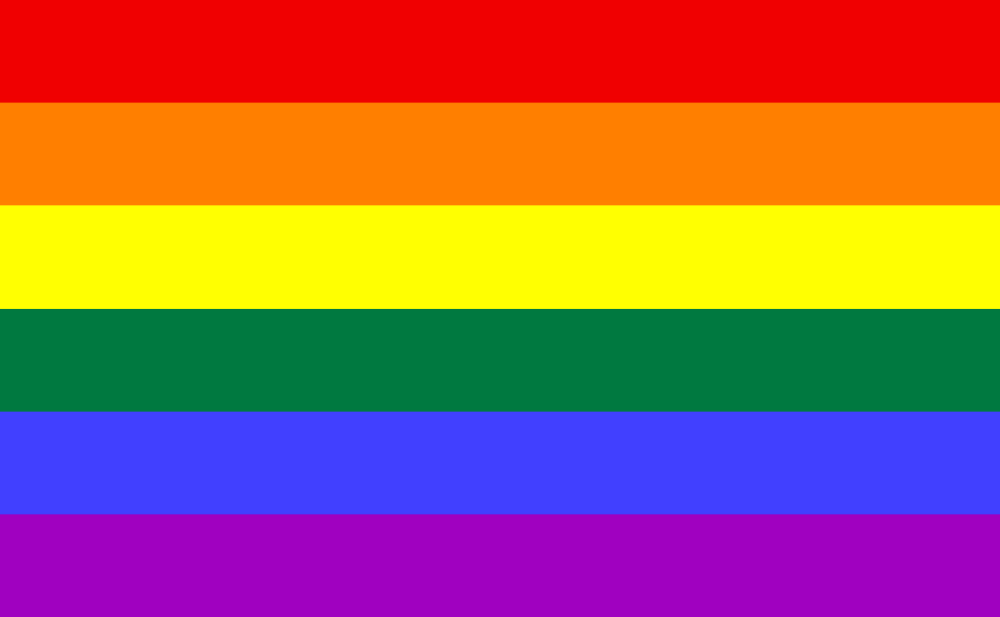
3. Rainbow Pride Flag
This flag represents the LGBTQIA+ community as a whole. This flag is used by many groups and businesses as a sign to show that their location is a safe area for all members of the community. To make mass production easier, the pink and turquoise from Gilbert's original flag were removed.
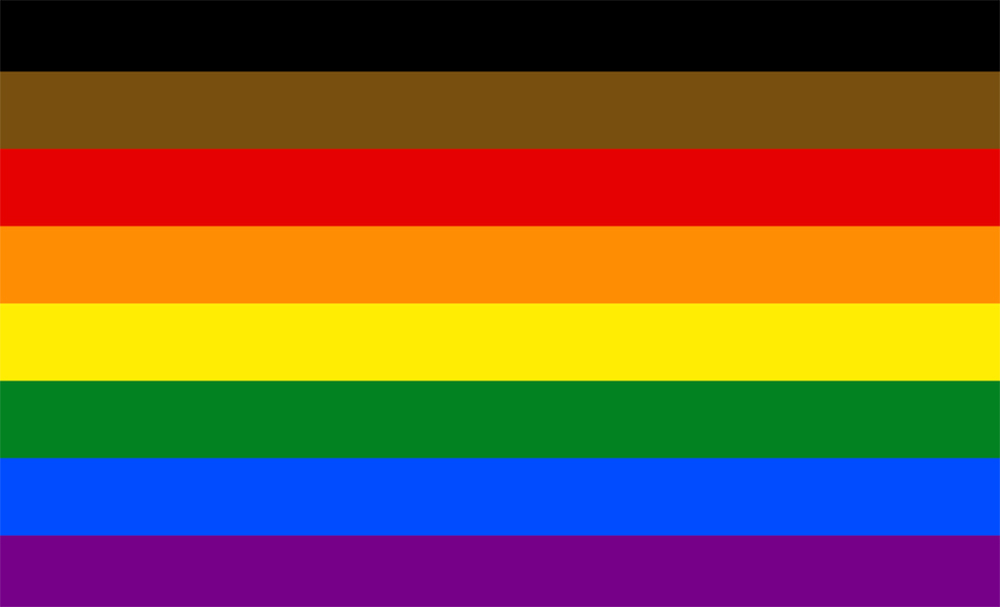
4. Philadelphia's People Of Colour Inclusive Flag
This flag was designed in 2017 to represent the LGBTQIA+ community's black and brown members, as well as the unique issues they face. 'With all of the black and brown activism that's worked to solve racism in the Gayborhood over the past year, I think the new flag is a tremendous move for the city to show the world that they're moving toward fully supporting all members of our community,' a source told Philadelphia Magazine.
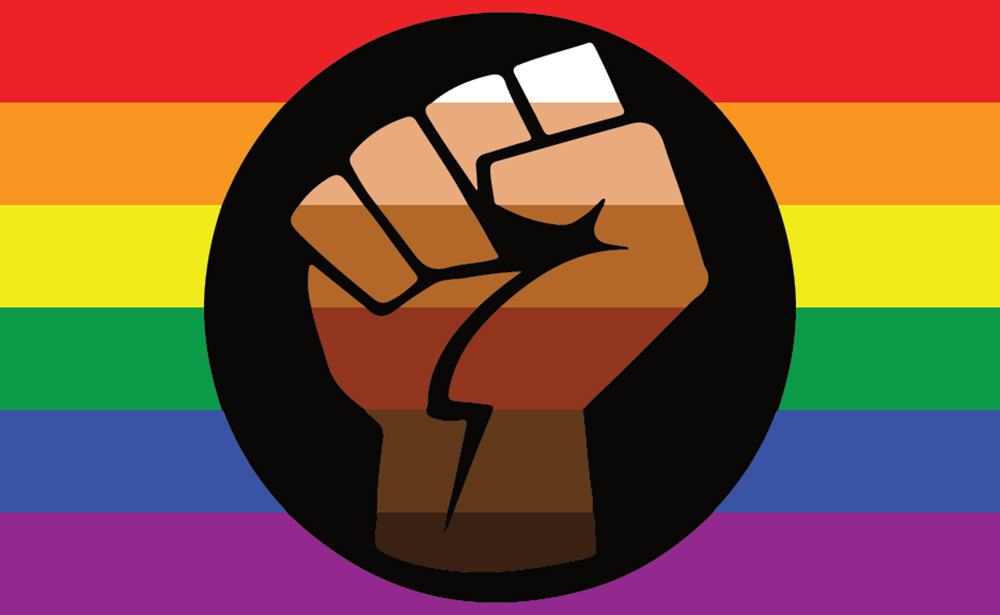
5. Queer People Of Colour Flag
This flag's origins are unknown, but it shows solidarity with the Black Lives Matter movement and the convergence of the LGBT and Black communities. During the height of the BLM movement in 2020, it acquired notoriety.
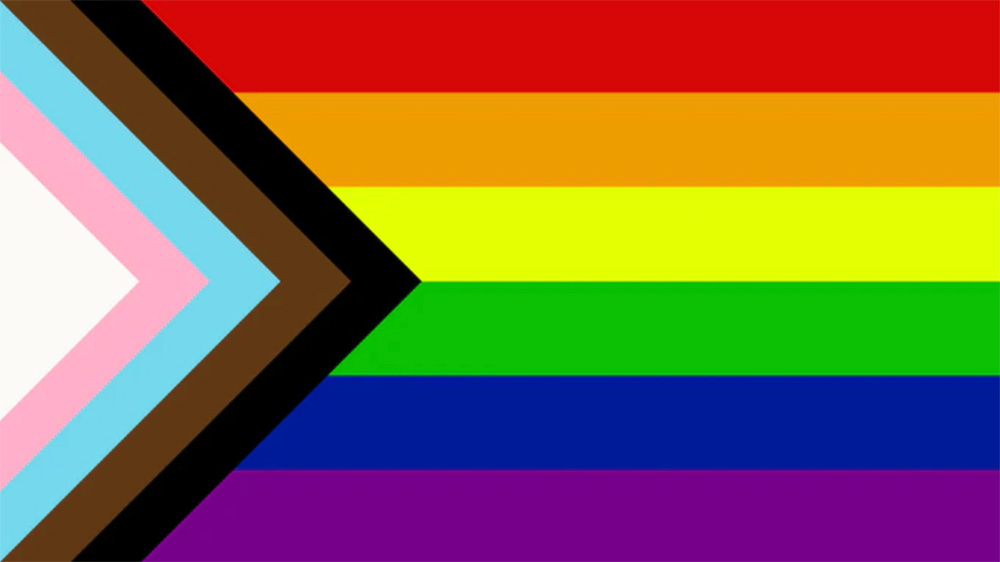
6. 'Progress Pride Flag'
Daniel Quasar designed this flag in 2018 in reaction to Philadelphia's new pride banner. It incorporates the colours and stripes of Philadelphia's pride flag as well as the colours of the transgender pride flag.
'When the Pride flag was rebuilt in the last year to include both black/brown stripes as well as the trans stripes incorporated this year,' Quasar writes on the flag's Kickstarter page, 'I wanted to explore if there might be more emphasis in the design of the flag to give it more meaning.'
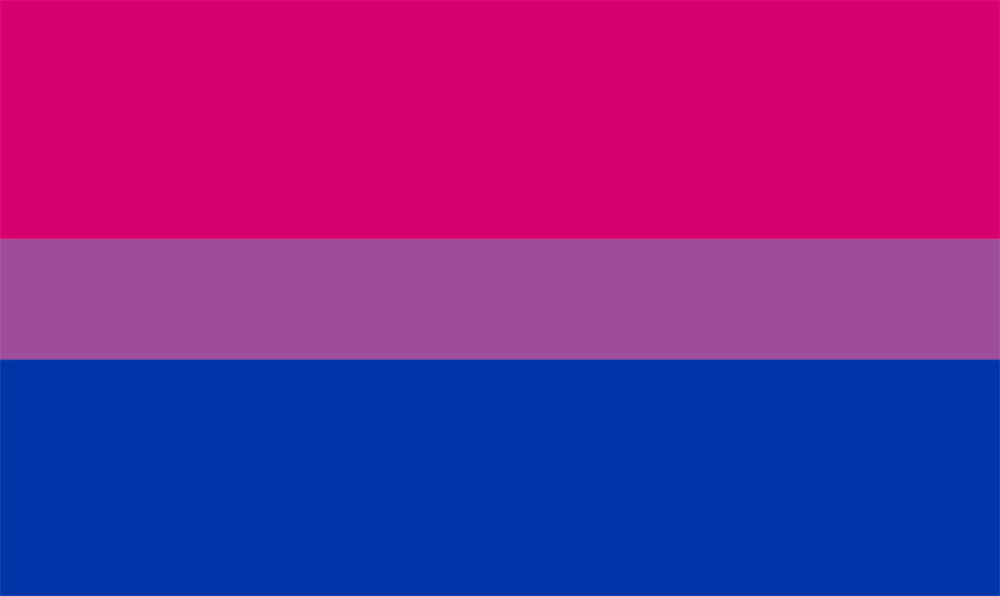
7. Bisexual Flag
Depending on who you question in the community, bisexuality can be characterised in a variety of ways. It's seen as attractive to both men and women by many. Others use it to denote attraction to several genders, but not all of them. Some even characterise it as a desire to be attracted to both your own gender and at least one other gender.
According to Pride, activist Michael Page designed this flag. He sought to develop a sign to which bisexual individuals might relate. Each colour represents a different type of attraction:
Pink (or magenta): Same-sex attraction
(Royal) blue: Opposite-sex attraction
Purple (lavender): Attraction to both sexes
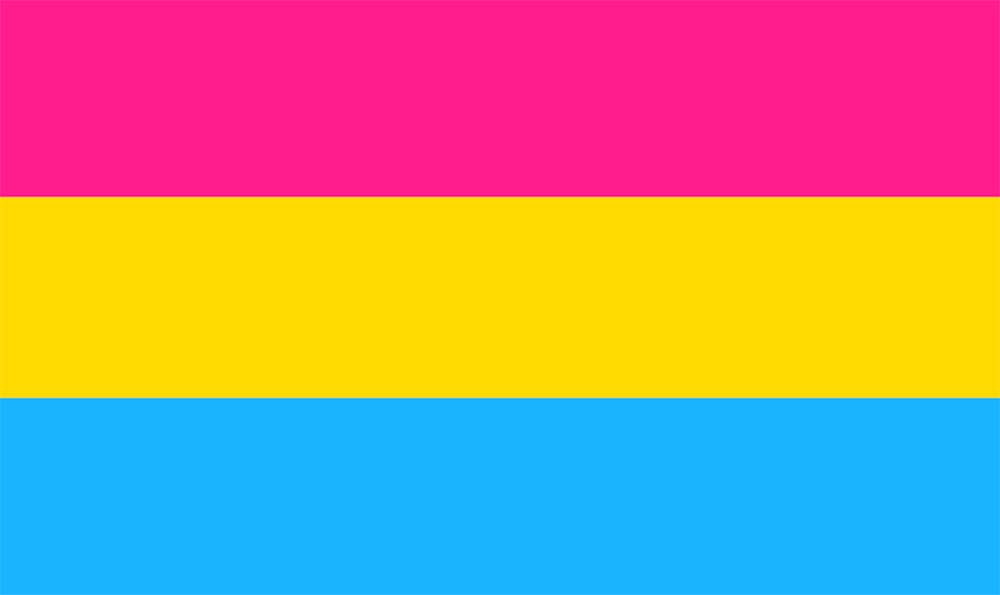
8. Pansexual Flag
It's unclear who invented this flag, according to Pink News, but it's become a symbol of attraction for people of all genders since it first appeared online in 2010.

9. Polysexual Flag
Someone who identifies as polysexual, unlike someone who identifies as pansexual, is attracted to various genders, but not all of them. This flag was made in 2012 on the photoblog, Tumblr.
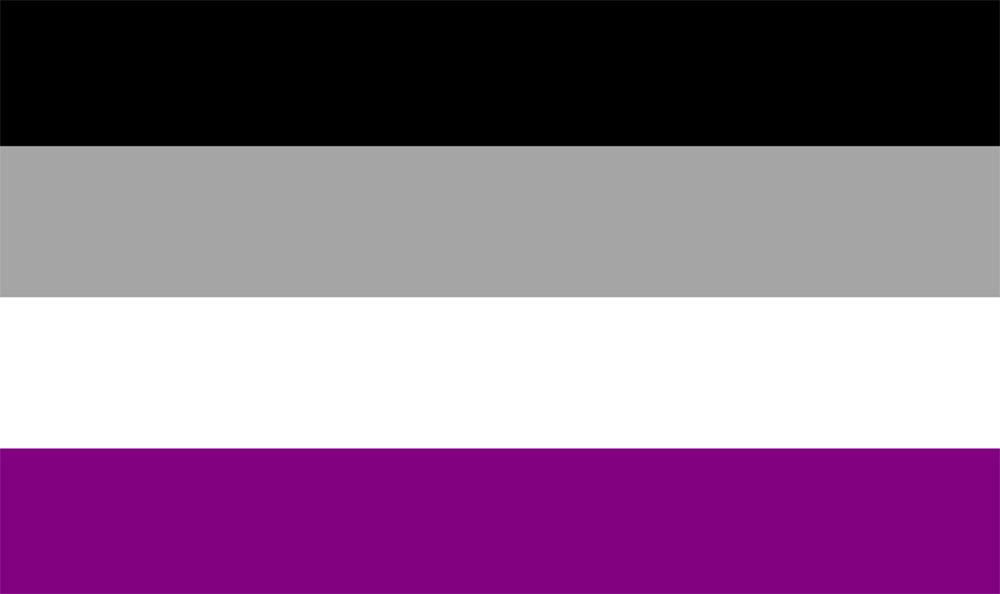
10. Asexual Flag
Asexuality is defined as a lack of sexual attraction, according to the Asexual Visibility and Education Network. 'They are not sexually attracted to individuals and have no desire to act on their sexual attraction to others.'
Asexuality is also a range of attraction that includes a subcategory known as 'grey asexuality.' 'Gray ace' is a term used to describe people who identify in this way. People on this spectrum include those who are sexually attracted occasionally, those who are sexually attracted only under certain situations, and others.
According to Medium, the flag was designed in 2010 to raise community awareness.
Black: Represents Asexuality as a whole
Grey: Represents grey asexuality and demisexuality. Demisexuality is defined as no sexual attraction unless there is a strong emotional bond according to AVEN.
White: Represents sexuality
Purple: Represents community
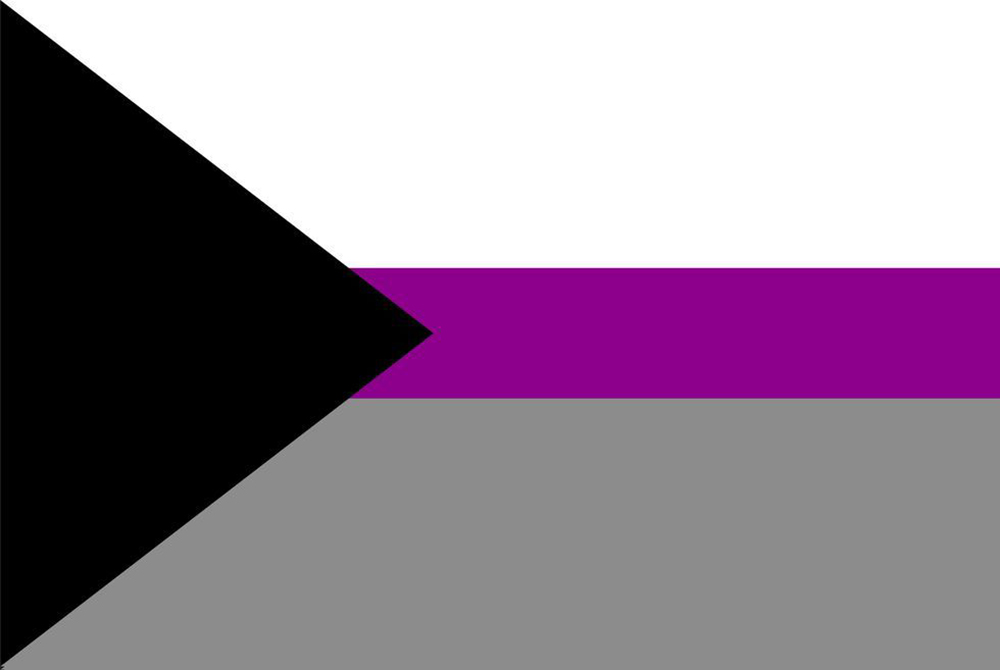
11. Demisexual Flag
Because demisexuality is part of the asexual spectrum, the colours are similar to those of the asexual flag, however it has its own distinct design.
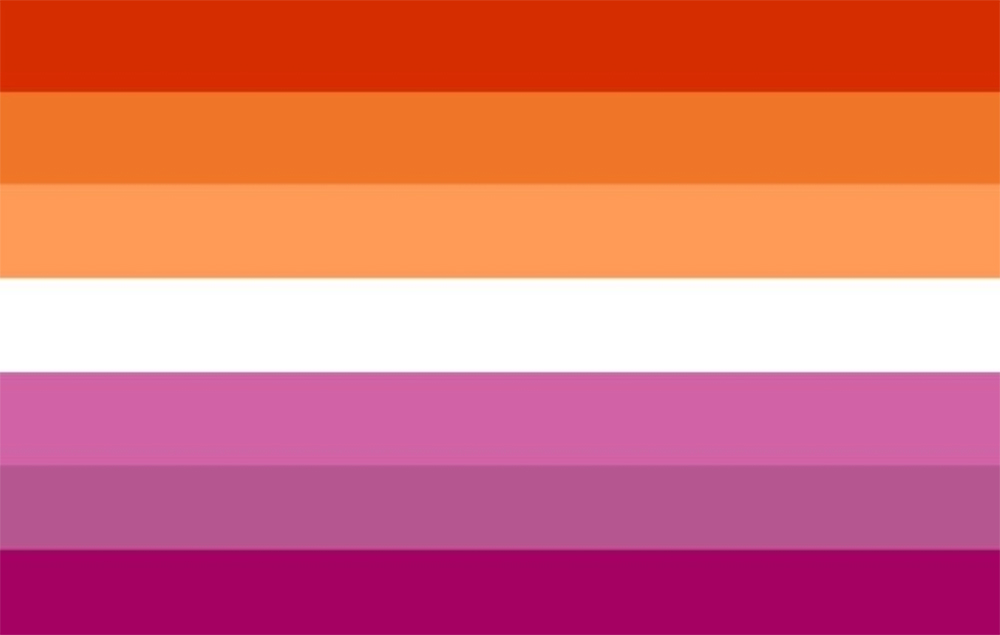
12. Lesbian Flag
In the upper left corner of the first lesbian pride flag, there was a red kiss mark. According to OutRight Action International, it was first introduced to the public in a blog post in 2010. Some people still associate the kiss mark with lesbians who are feminine or 'lipstick.' Natalie McCray designed it, and the many tones of red and pink are claimed to reflect various lipstick shades.
McCray was accused of transphobia, biphobia, and racism, among other things, in a 2018 Medium piece. As a result, the proposal for a new flag with orange stripes was made.
The colours in the new flag reflect the following:
Darkest Orange: Gender non-conformity
Middle Orange: Independence
Lightest Orange: Community
White: Unique relationships to womanhood
Lightest Pink: Serenity and peace
Middle Pink: Love and sex
Darkest Pink: Femininity
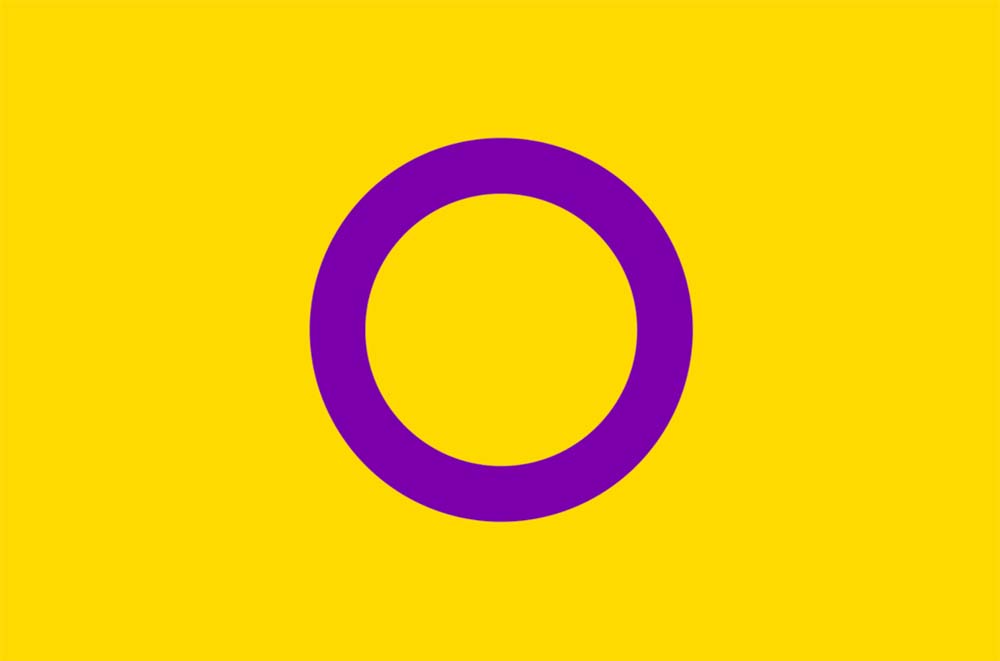
13. Intersex Flag
Intersex is a word used by Planned Parenthood to describe people whose bodies do not fit into the male-female gender binary. Some persons have both sets of genitals, different chromosomal combinations, or even more variances.
Morgan Carpenter designed this flag in 2013. 'I wanted to design an image that people could use to represent intersex people without relying on what I think are often misconceptions or prejudices,' Carpenter stated in an interview with Intersex Peer Support Australia.
Carpenter chose these colours as community icons:
Gold or yellow: Inspired by a story told by fellow intersex individual Mani Mitchell to reclaim the slur 'hermaphrodite' used against the intersex community.
Purple Circle: In the interview, Carpenter said, 'The circle is about us being unbroken, about being whole and complete,' as well as the right for Intersex people to make decisions about their bodies.
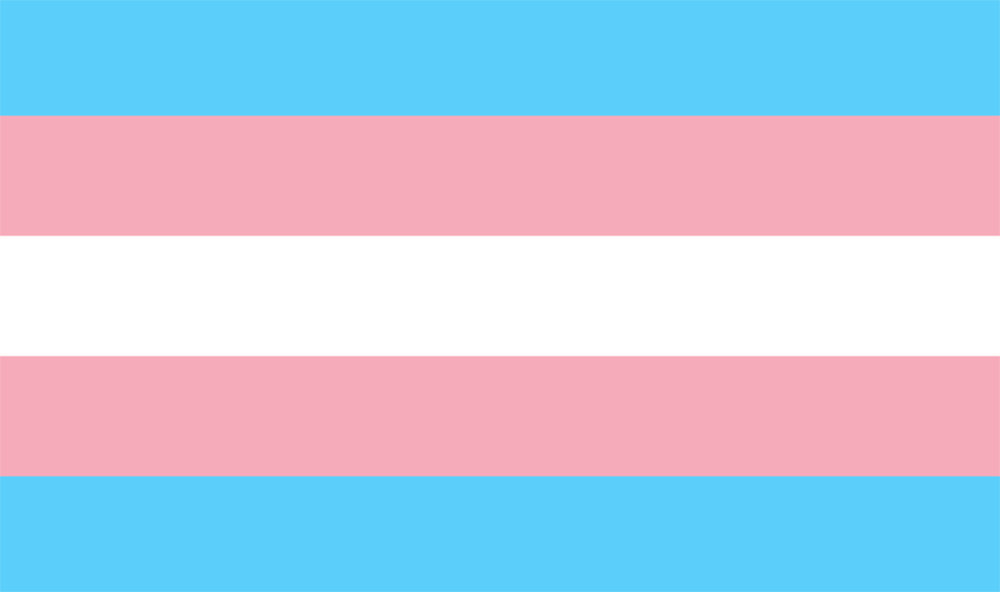
14. Transgender Flag
This flag was designed by transgender woman Monica Helms in 1999, according to Pride. She is quoted by Pride as adding, 'The pattern is designed in such a way that it will always be correct no matter which way you fly it. This represents our search for correctness in our own life.'
Blue: Represents boys
Pink: Represents girls
White: Represents people who are transitioning, have no gender or are gender neutral
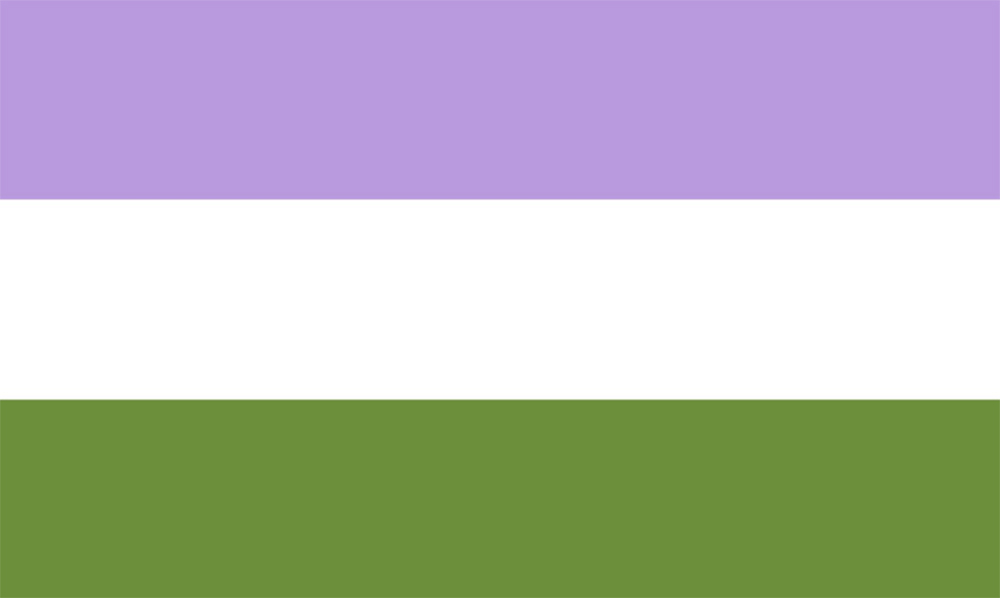
15. Genderqueer Flag
Individuals who identify as genderqueer do not conform to society's expectations of how they should act or express themselves based on the gender they were assigned at birth. 'This could be in terms of their thoughts, feelings, behaviours, and, most crucially, their gender identity,' according to Psychology Today.
Marilyn Roxie designed the flag in 2011, according to Pride.
Lavender: Represents androgyny
White: Represents agender identities
Green: Represents non-binary people
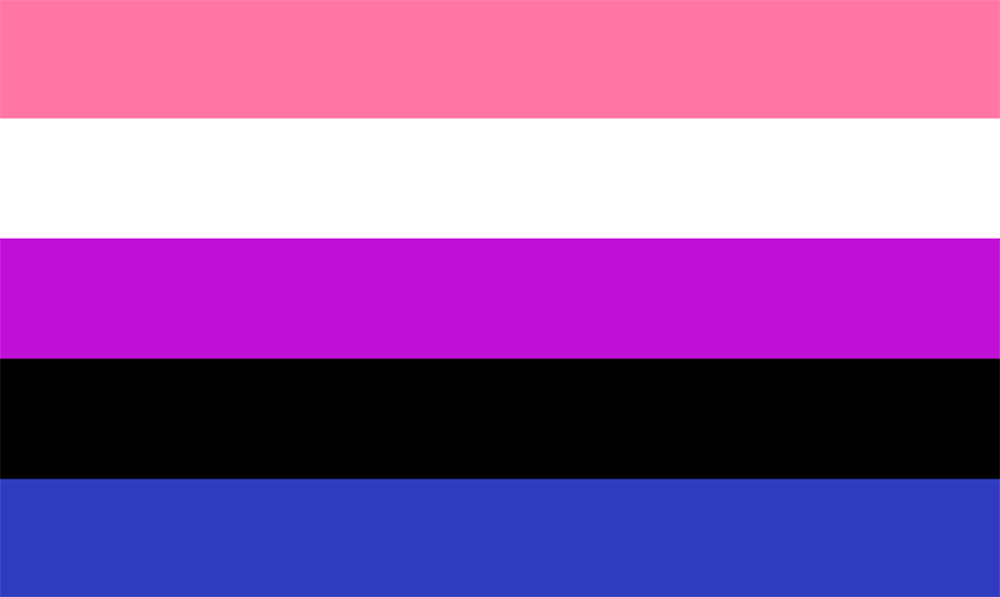
16. Genderfluid Flag
Genderfluid people don't identify with a single gender; instead, their gender identity varies between male and female, or somewhere in the middle. The frequency with which someone's identity shifts is determined by the individual.
According to OutRight Action International, JJ Poole designed the flag in 2012.
Pink: Represents femininity
White: Represents all genders
Purple: Represents both masculinity and feminity
Black: Represents a lack of gender
Blue: Represents masculinity
Poole told Majestic Mess Designs that the flag was designed because genderfluidity lacked a symbol and the phrase 'genderqueer' didn't quite suit.
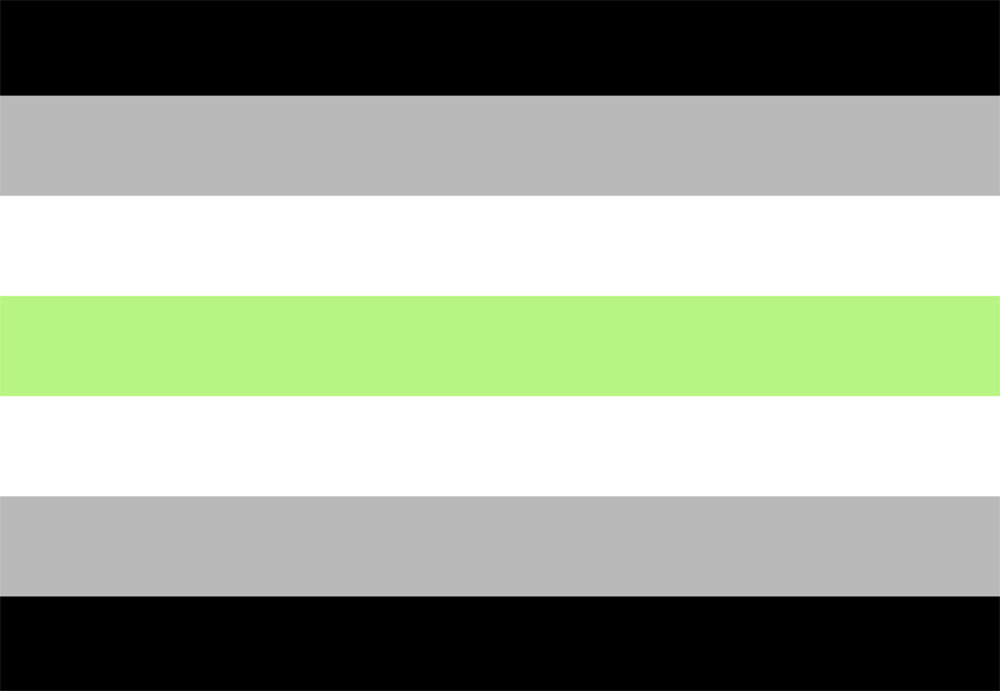
17. Agender Flag
Someone who is agender, according to Oxford Dictionary, does not identify with any gender. According to OutRight Action International, Salem X designed this pride flag in 2014.
Black and white: Represent an absence of gender
Grey: Semi-genderlessness
Green: Non-binary genders
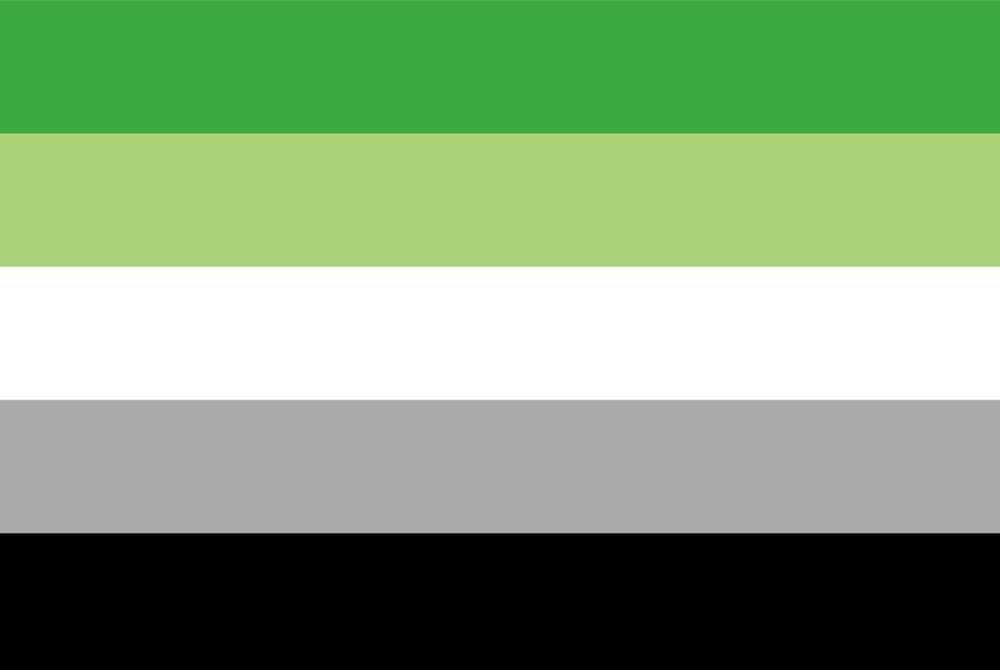
18. Aromantic Flag
Aromatic people may or may not be romantically attractive to others. Green represents this, whereas grey and black represent all aromantic sexualities, both asexual and sexual, in the flag.

19. Non-Binary Flag
Non-binary people's gender identification shifts, similar to that of genderqueer or gender-fluid people.
According to OutRight Action International, Kye Rowan designed this pride flag in 2014 for non-binary persons who didn't feel the genderqueer flag represented them. Although many people have reclaimed the term 'queer,' it has been used as a slur against the LGBT population.
Yellow: Represents genders outside of the gender binary
White: Represents people who identify with many or all genders
Purple: Represents genders that are a combination of male and female
Black: Represents people who are agender
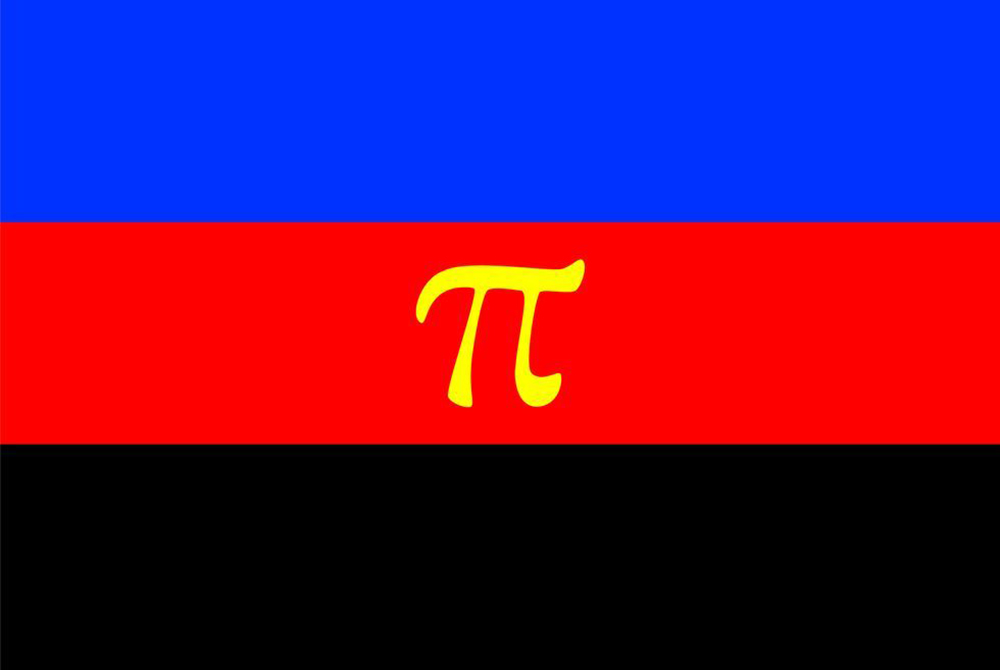
20. Polyamory Flag
Because polyamorous people can have an endless number of partners, π is the ideal symbol for the polyamory flag. In contrast to sexual love, the golden colour indicates emotional connection.
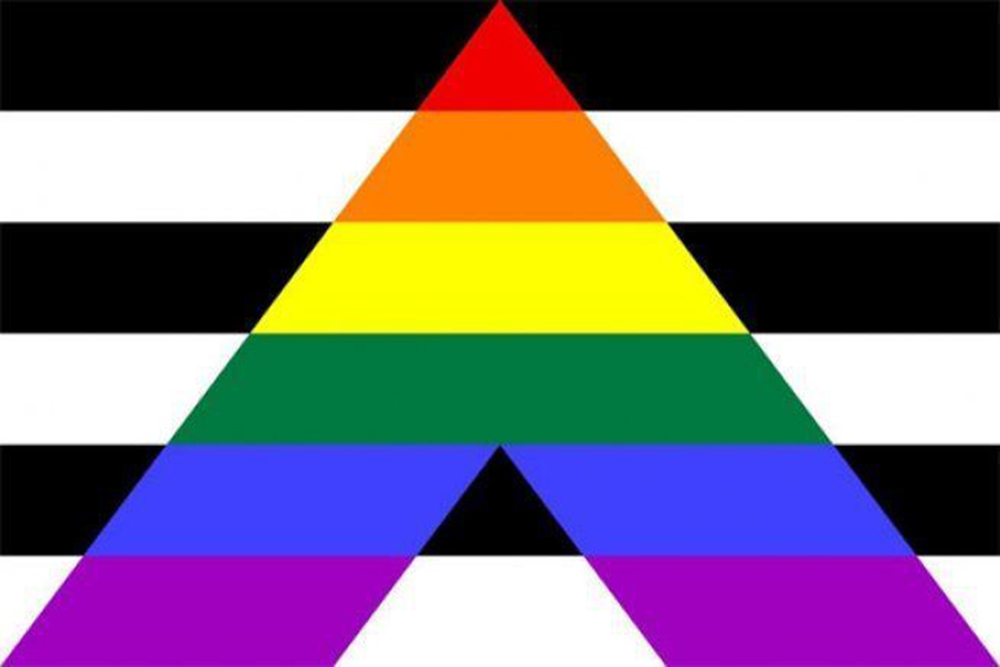
21. Straight Ally Flag
The rainbow, black and white stripes signify allies' support for the LGBTQIA+ community.
In Conclusion
There is a lot of representation in understanding one's gender and sexual identities, owing to the pride flags which cover the entire LGBTQIA+ community.
FAQs
Q. What are pride flags?
A. Pride flags are used to represent the entire LGBTQIA community.
Q. When was the first pride flag made?
A. Harvey Milk, California's first openly homosexual public official, commissioned artist Gilbert Baker to design a Pride flag in 1978.